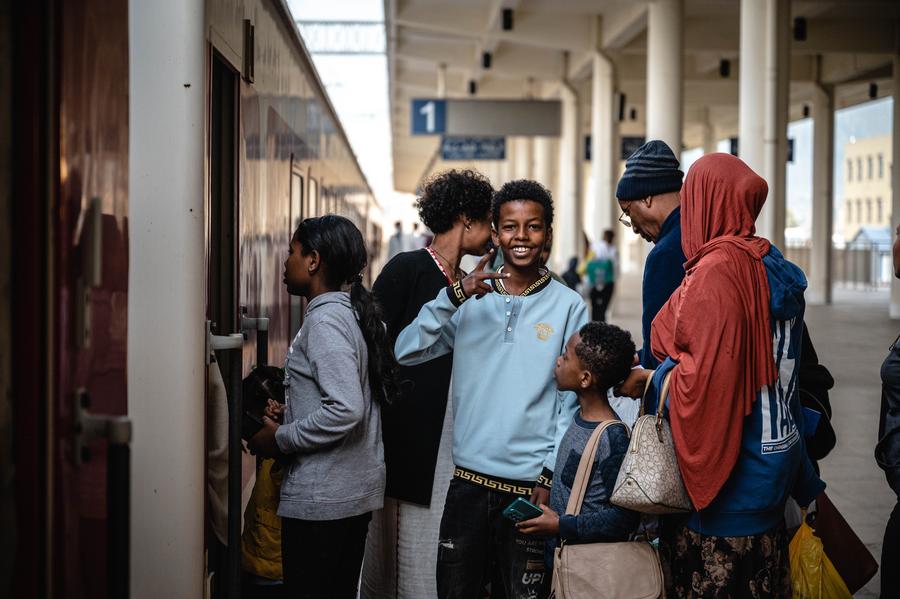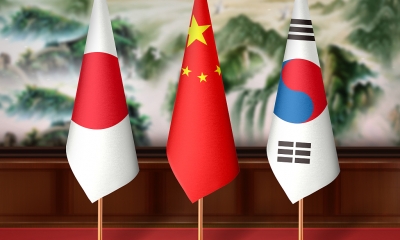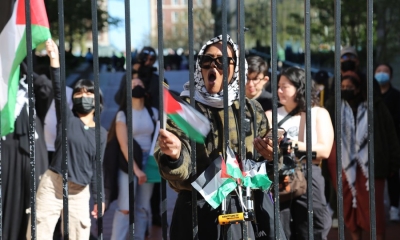BRICS Summit’s Cooperative Spirit Signals Growing Relevance

The process of forming a multipolar world order is underway, a dynamic and irreversible process.
The 2024 BRICS Summit has provided another example of what can happen when world leaders come together to seek positive change. They understand that defending their nations’ particular interests doesn’t automatically mean confronting those nations that might espouse different goals.
The positive interactions in Kazan, Russia, contrasted sharply with the negativity surrounding comments made by U.S. Secretary of State Antony Blinken at the recent ASEAN meeting. Blinken rehashed the tired narrative that “China’s increasingly dangerous and unlawful activities in the South China Sea” posed a threat to nations near and far. China slammed his remarks, noting that “external forces” were seeking “confrontation and geopolitical conflicts” in Asia.
In Kazan, the message differed: Confrontation is out, and cooperation is in. The summit’s essence might be summarized thus: Global leaders affirmed their commitment to bettering lives in their countries and neighboring nations. Consider what Chinese President Xi Jinping said soon after arriving in Kazan: “Together, we aim to foster consensus, send a positive message of unity and cooperation, and advance strategic collaboration and pragmatic cooperation across various fields within BRICS.”
In a speech given on Wednesday, Xi added: “We must work together to build BRICS into a primary channel for strengthening solidarity and cooperation among Global South nations and a vanguard for advancing global governance reform.”
The inspiring tone of these comments contrasts sharply with recent statements by the U.S. side.
Russian President Vladimir Putin also acknowledged BRICS’ potential. “The process of forming a multipolar world order is underway, a dynamic and irreversible process,” he said. Only the most naive would dismiss the human and economic power of the BRICS community. Following last year’s expansion, the grouping now accounts for roughly 30% of world GDP, contributes about 20% of global trade and represents almost 50% of the global population.

Western media often focus on potential divisions within the organization. Differences of opinion among Western leaders, when public, are portrayed as healthy dialogue among allies seeking solutions. But is there any conflict within BRICS? Media outlets reach one conclusion: doom and gloom loom on the horizon. One story suggested that BRICS could become little more than a “talking shop” as it expands its membership and aims. Another report this week trumpeted that “there are deep differences between member states, and the bloc has struggled to articulate and define its purpose.” Perhaps the absence of rigidity is a good thing? Such flexibility allows countries big and small from across the world to find a place in the growing organization.
One area of particular substance at this year’s BRICS gathering was global currency. The summit’s declaration challenged BRICS members to support financial mechanisms not connected to the U.S. dollar. The New Development Bank (NDB), established about a decade ago, could assume a higher profile on the global stage; it focuses on supporting infrastructure and other large projects in the BRICS zone. Saudi Arabia is seeking to join the bank, should that happen, the NDB’s prestige and financial power will increase.
In a related decision, the organization endorsed “BRICS Pay,” which would allow people in participating nations to send and receive payments in their national currencies. BRICS Pay would ensure that payments — when involving other denominations — would be easily converted into home currencies. Russia’s finance minister has argued such a system is needed because the West has too much power in the global finance system and often uses that influence to manipulate other countries.
Keep in mind that President Putin has said before that the process of de-dollarization is “irreversible” and “gaining pace.” Such words should not mean that the U.S. dollar will no longer be a respected currency, but they do mean that BRICS nations and the Global South see benefits in moving beyond dollar dependency.
If you’re looking for one more indicator of BRICS’ success, note that multiple countries have expressed interest in joining. One Chinese scholar recently said that as many as 30 nations are seeking to align with the current BRICS members. At Kazan, BRICS states agreed on a list of countries to be invited as partners of the association.
The openness of BRICS contrasts sharply with the closed nature of the G7, which had welcomed Russia’s participation before expelling the country about a decade ago. Once Russia refused to play by Western rules, it was out.
In BRICS, countries are invited to join.
 Facebook
Facebook
 Twitter
Twitter
 Linkedin
Linkedin
 Google +
Google +







